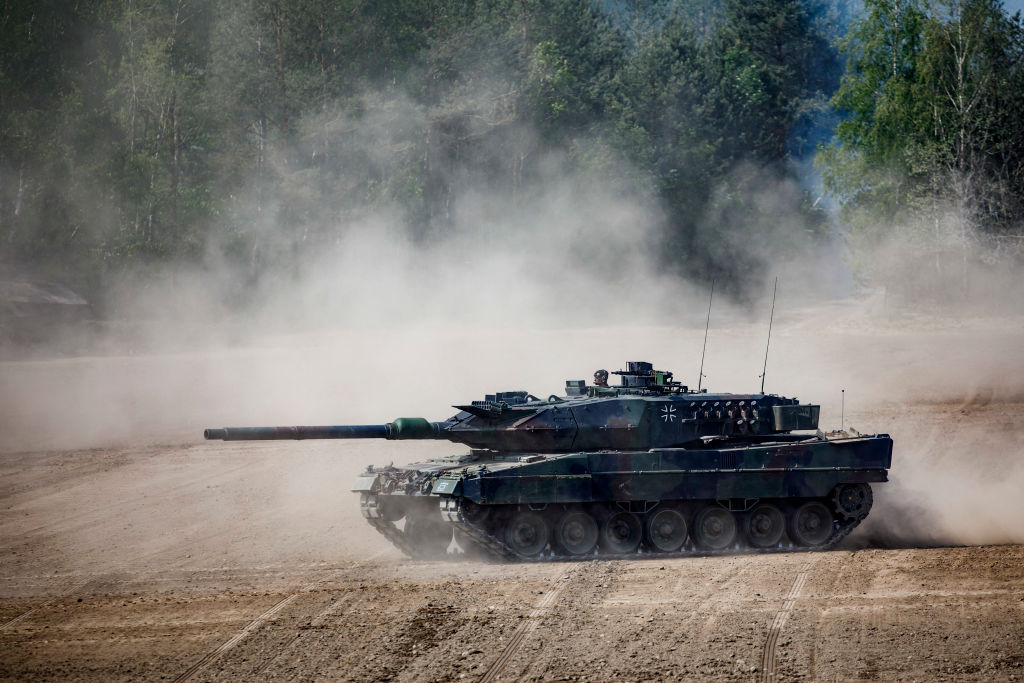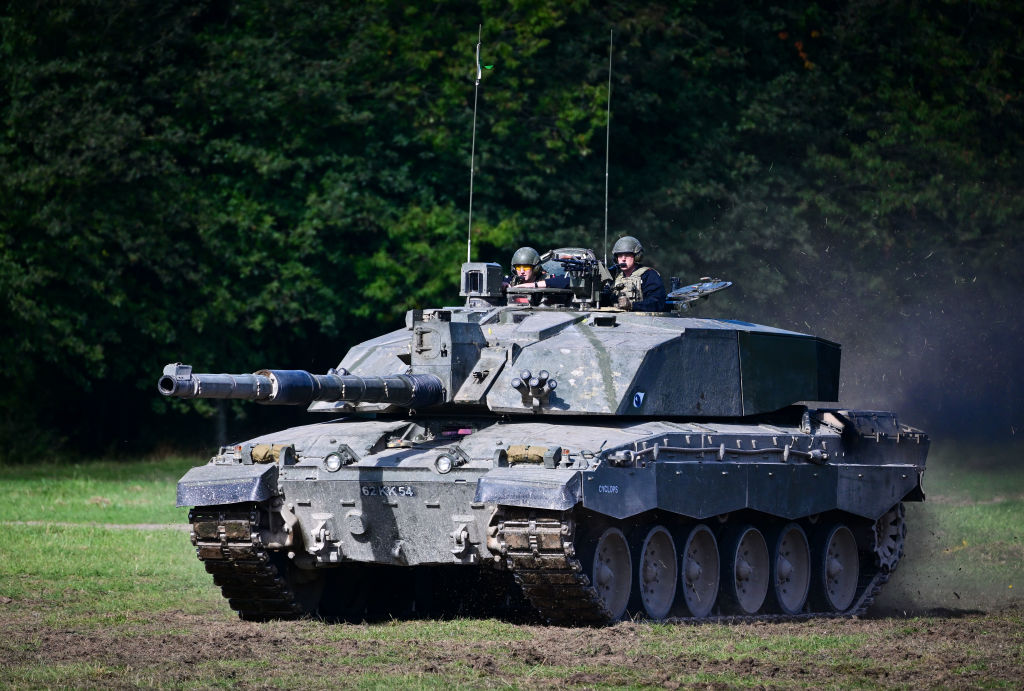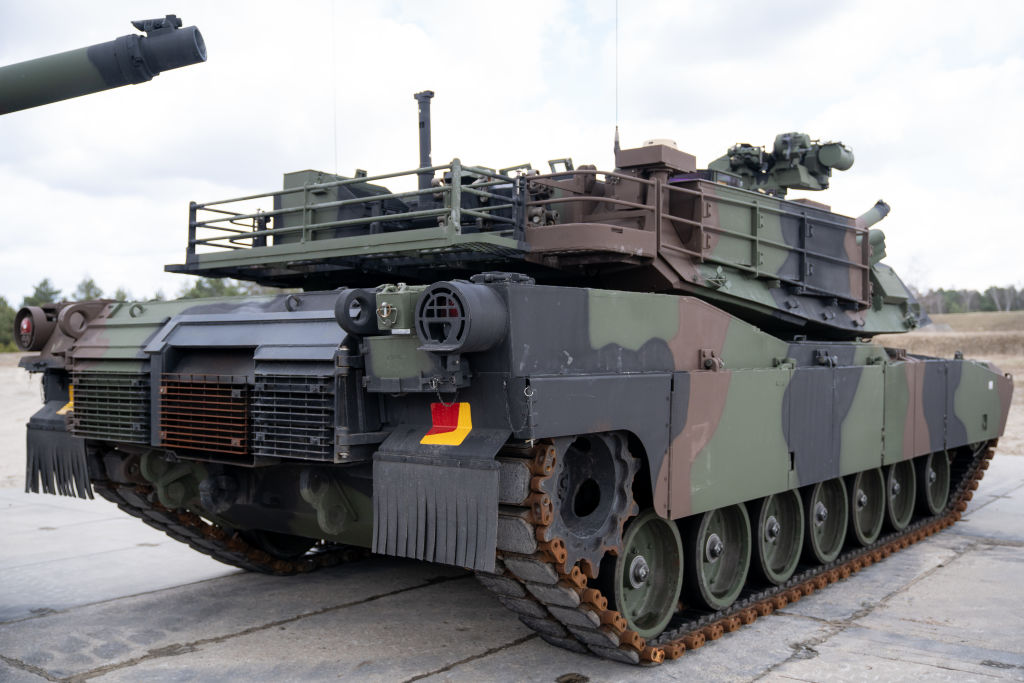Since Russia invaded Ukraine last February, one request has remained high on Ukrainian President Volodymyr Zelensky’s wish list: tanks from Western allies. But so far, most have been reluctant to send them.
This is changing. Last week, Britain decided to send to send 14 Challenger 2 tanks to Ukraine. Zelensky thanked British Prime Minister Rishi Sunak in a Tweet on Saturday “for the decisions that will not only strengthen us on the battlefield, but also send the right signal to other partners.” Ultimately, Zelensky has his ambitions set much higher: Ukrainian military officials said in December they need about 300 tanks for a successful defense.
“The British goal… is to get the ball rolling. I think they recognize that a dozen tanks are not going to turn the tide. But the hope is that somebody had to go first,” says Ian Williams, deputy director of CSIS’s Missile Defense Project.
The U.K. owns 227 Challenger 2 tanks, so they can’t afford to lend too many to Ukraine. That’s a much smaller pool to pull from compared to the number of German Leopard 2 tanks that could potentially be made available; European countries possess about 2,000 Leopard 2 tanks between them, according to the European Council on Foreign Relations.
However, Germany has veto power over whether foreign countries are allowed to export German-made tanks to other nations. So far, the German government has stood in the way of a Polish proposal to send its Leopard 2s to Ukraine. On Wednesday, the Wall Street Journal reported, citing German government sources, that Germany would only allow the export of the tanks to Ukraine if the U.S. also send its own tanks.
“This is consistent with the pattern we’ve seen from Germany so far: Berlin has been very hesitant to take a leading role in military matters,” Williams says. The British defense secretary previously urged Germany to allow its Leopard tanks to be supplied to Ukraine. In addition to Poland, Denmark and Finland have said they are willing to send Ukraine Leopards if Germany permits re-export approval.
German chancellor Olaf Scholz said at the Davos summit Wednesday that Germany was “strategically interlocked” with the U.S. “We are never doing something just by ourselves, but together with others, especially the U.S., which are very important in this common task to defend the Ukrainian independence and sovereignty,” Scholz said.
Over the last year, Ukraine’s Western allies have slowly expanded the kinds of military capabilities they are willing to share. In June, the U.S. began providing HIMARS rocket launchers—which fire satellite-guided weapons with a range of about 50 miles. And earlier this month, the U.S., France and Germany agreed to send a delivery of armored fighting vehicles, which can help transport infantry into combat zones while firing at enemy forces.
Western tanks would be particularly effective for Ukraine to go on the offensive, owing in part to three key attributes: mobility, armor and firepower. “Tanks are important because they will enable Ukrainians to push through Russian defenses … into contested territory and help liberate Russian occupied territory,” says George Barros, an analyst on the Russia and Ukraine portfolio at the Institute for the Study of War. Tanks can also take out other tanks and armored personnel carriers as well as fortify positions.
That’s not to say tanks are a silver bullet; the military will need to use them effectively, Barros adds. Compared to armored fighting vehicles, they are heavier and slower and require more fuel and support to operate effectively.
Still, they are more lethal than the Soviet-era tanks that Ukraine is currently using, many of which are T-72s and have been in service since the 1970s. “They lack the fire control of modern Western tanks—the ability to spot and hit a target at longer ranges,” says Mark F. Cancian, a retired Marine Corps reserves colonel and senior advisor at CSIS. T-72s also tend to be smaller than Western tanks; this makes them harder to hit but also potentially more vulnerable because the ammunition is usually stored in the main tank compartment. “For Western tanks, the ammunition is typically stowed in a protected compartment so that if the tank is hit, it’s much less likely to blow up,” Cancian says.
Below, what to know about German Leopard 2, British Challenger 2, and American M1 Abrams tanks—and why they matter.
The German Leopard 2

Germany first made Leopards during the Cold War and now thousands exist across militaries. They are used by 13 European armies, according to the European Council on Foreign Relations: Austria, Denmark, Finland, Germany, Greece, Hungary, Norway, Poland, Portugal, Spain, Sweden, Switzerland, and Turkey.
If these tanks are made available to Ukraine, they wouldn’t only need to rely on Germany for supplies and maintenance, Williams says: “Other countries could also theoretically contribute parts and ammunition as well.”
The German Leopard 2 has two major advantages. “One is that it’s a technology that’s familiar to Ukrainians; it uses a diesel gas turbine engine. The other one is that there are lots of them out there,” Cancian says.
The British Challenger 2

The Challenger 2 weighs more than 65 tons and was first built in the late 1990s by BAE Systems and Land Armaments. It can carry up to four individuals, has a 120 mm rifled gun and can travel up to speeds of 37 mph on roads and 25 mph off-road.
The British army has used the model since July 1994 in conflicts in Bosnia and Herzegovina, Kosovo and Iraq. It has “never experienced a loss at the hands of the enemy,” according to the British government.
“One of its strengths lies in its ability to shock the enemy by placing them under pressure by a rapid and fully-committed advance, causing them to break and retreat,” the British army notes.
The American M1 Abrams

The M1 Abrams has a particularly powerful engine. That helps it to get around the battlefield and carry its powerful gun as well as heavy armor. “The advantage of the gas turbine engine is it’s very powerful and very responsive…but the price you pay is that it uses a lot of gas,” Cancian says. “You have to have a lot of fuel trucks to go with it; the U.S. military built that into its structure.”
This can make logistics and maintenance for the Abrams tank more complicated. “These things are barriers to entry that make it difficult, logistically challenging,” Barros says. That’s not to say it’s impossible to use—just that it requires more legwork in providing the necessary training and maintenance.
The Abrams can run at speeds up to 42 mph and carry up to four crew members.
More Must-Reads from TIME
- Cybersecurity Experts Are Sounding the Alarm on DOGE
- Meet the 2025 Women of the Year
- The Harsh Truth About Disability Inclusion
- Why Do More Young Adults Have Cancer?
- Colman Domingo Leads With Radical Love
- How to Get Better at Doing Things Alone
- Michelle Zauner Stares Down the Darkness
Write to Sanya Mansoor at sanya.mansoor@time.com